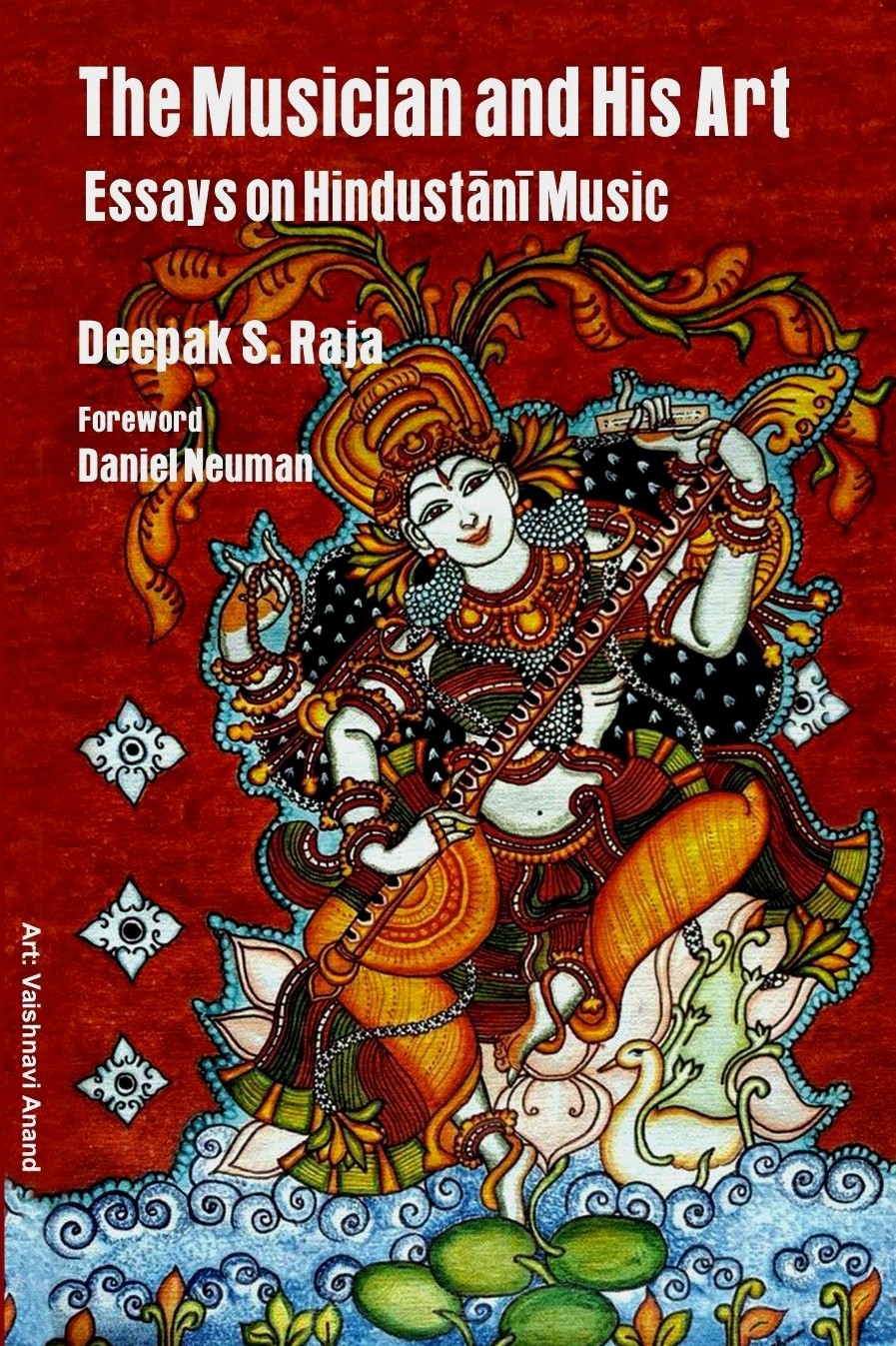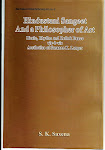Dhrupad performances on the contemporary concert platform are either of vocal rendition or of Rudra Veena recitals. The Rudra Veena – a member of the tube zither family of instruments -- has been the traditional accompanist to vocal music in the Dhrupad tradition. As a result, the content and idiom of the two manifestations of the genre have come to be identical.
Presentation format
Phase I is a totally improvised form called Alap, rendered without percussion accompaniment.
Phase II consists of percussion accompanied presentation of one or more compositions, along with melodic and rhythmic improvisations.
The 3-tier Alap protocol
Tier 1: This is called the Vilambit (low density) Alap. A free-flowing , low melodic density exploration of the Raga’s melodic personality through two octaves, rendered without any perceptible pulsation or rhythm.
Tier 2: This is called the Madhya Laya (medium tempo) Alap. Its melodic span and structure are similar to the Tier 1 Vilambit Alap; but the melody will now acquire a 2-beat pulsation. This tier of the Alap is generally performed at about 60 beats per minute, without any escalation during the course of the rendition.
Tier 3: This is called the Drut (brisk tempo) Alap. Its melodic structure can be similar to the Tier 2 Alap; but the melody is rendered to a distinct 4-beat rhythm. This tier of the Alap may be launched at above 180 beats per minute, and escalate before closure.
Compositions in the Dhrupad genre
Compositions encountered in contemporary Dhrupad are primarily of three types, corresponding to different Tala-s of the genre.
(a) Compositions set to Chautala of 12 beats, generally performed at a slow to medium tempo. These compositions are the mainstay of the genre.
(b) Compositions set to the Dhamara Tala of 14 beats, generally performed in medium tempo. The poetic content of these compositions as typically related to Holi, the festival of spring.
(c) Compositions set to the Sula Tala of 10 beats, generally performed at a brisk tempo. These are the liveliest contemporary manifestations of the medieval genre.
Format options
(a) A 3-tier Alap, followed by a Chautala composition.
(b) A 3-tier Alap, followed by a Chautala composition, and then by a Dhamara composition in the same Raga.
(c) A 3-tier, or even a single-tier (Tier 1) Alap, followed by a Dhamara composition.
(d) A 3-tier or a single-tier (Tier 1)Alap, followed by a Dhamar composition, and then by a Sula Tala composition in the same Raga.
(e) A 3-tier Alap, followed by a Chautala composition, and then a Sula Tala composition in the same Raga.
Dhrupad ensemble
A mention must be made of the ensemble for Dhrupad performance. As a rule, Dhrupad musicians only use the Tanpura as an accompaniment for vocal or instrumental music. They have kept away from the Sarangi and the Harmonium for melodic accompaniment, both of which have acceptance in the modern Khayal and Thumree genres. In rare cases, a Dhrupad vocalist may have a Rudra Veena player accompanying him, as this is the traditionally established practice in the genre. For percussion accompaniment, Dhrupad uses the Pakhawaj (a two-faced horizontal drum), instead of the modern Tabla. This austerity and conservatism in the presentation of music has enabled Dhrupad to retain its distinct identity in a Khayal dominated environment.







